How Vladimir Putin launched a war against Ukraine on three fronts
Russian ‘sabotage groups’ have reportedly entered Kyiv to target president
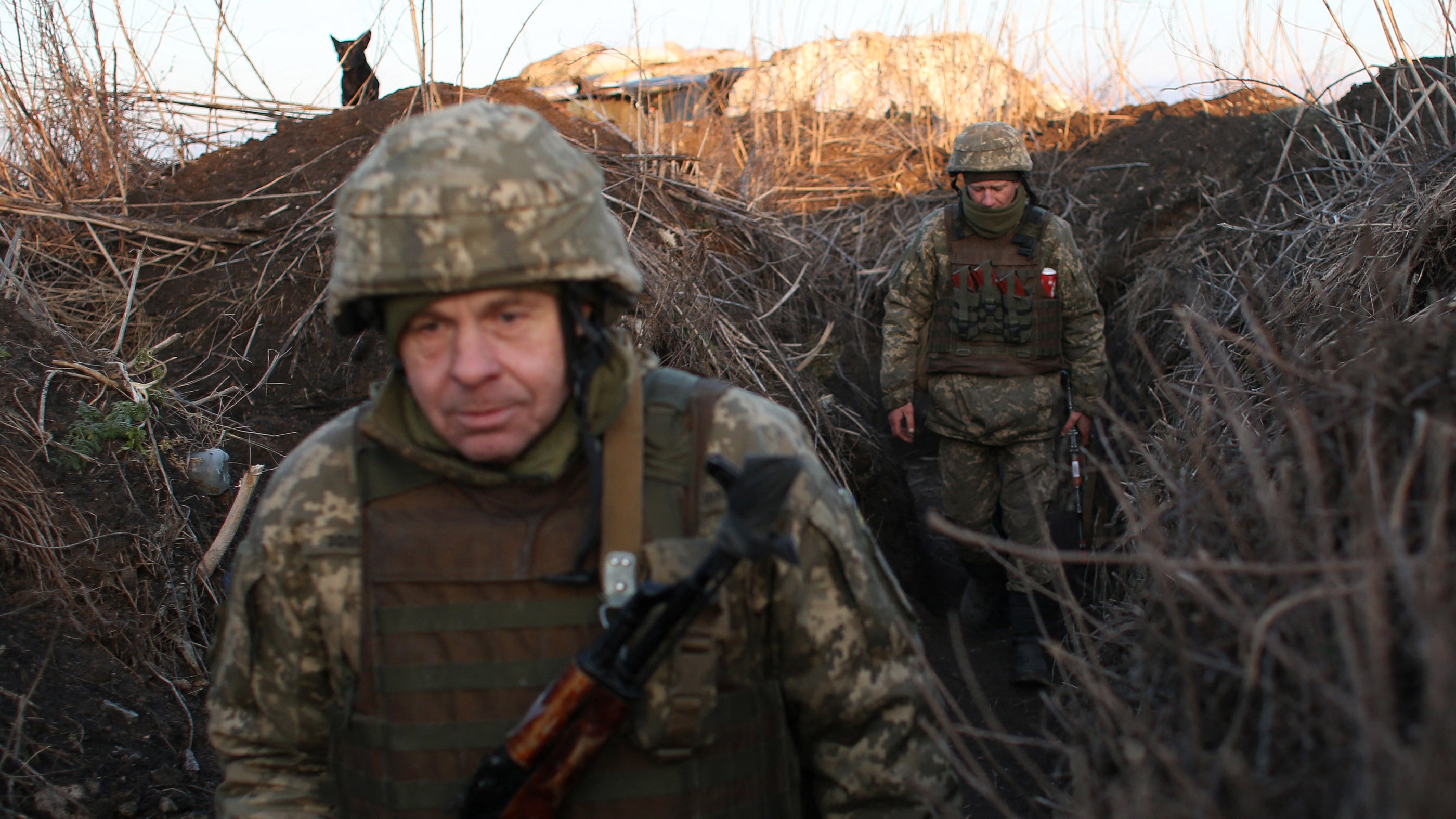
Ukrainian president Volodymyr Zelenskyy has accused Vladimir Putin of targeting civilians as well as military sites after explosions were heard across Kyiv and Russian troops reportedly came within 20 miles of the capital city.
According to the Kyiv Independent, Russian troops reached the Obolon district of the city, an area five miles from the government’s headquarters. Residents in Obolon were asked to “make Molotov cocktails” and inform the military about Russian movements.
UK Defence Secretary Ben Wallace this morning told Sky News that Russia is yet to take or hold any of its major objectives and that it lost more than 450 military personnel on the first day of Putin’s attempt “to invade the whole of Ukraine”.
The Week
Escape your echo chamber. Get the facts behind the news, plus analysis from multiple perspectives.

Sign up for The Week's Free Newsletters
From our morning news briefing to a weekly Good News Newsletter, get the best of The Week delivered directly to your inbox.
From our morning news briefing to a weekly Good News Newsletter, get the best of The Week delivered directly to your inbox.
Intelligence suggests that the Russian president’s invasion is “behind its hoped-for timetable”, Wallace said, continuing that “contrary to great Russian claims and indeed President Putin’s vision that somehow the Ukrainians would be liberated and would be flocking to his cause, he’s got that completely wrong”.
Three fronts
UK military sources told The Times’ defence editor Larisa Brown that when it finally came, Putin’s assault on Ukraine was “straight out of the Russian playbook”.
The Kremlin swept across the border in three places opting for “for overwhelming force and a multi-axis invasion from land, sea, and air”, Brown said. Forces launched assaults “from the north, south and east simultaneously attacking ten Ukrainian regions”.
Having mobilised the biggest deployment of troops on European soil since the end of the Second World War, “the scope of the Russian attack was huge”, Brown added.
A free daily email with the biggest news stories of the day – and the best features from TheWeek.com
The Russian ground force is “very mobile”, Justin Crump, a military veteran and chief executive of Sibylline, an intelligence and geopolitical risk firm, told the paper. As a result it was able to move across the country with rapid and deadly speed.
“They are willing to be much more destructive than the West would be and are much less concerned about civilian casualties,” he added.
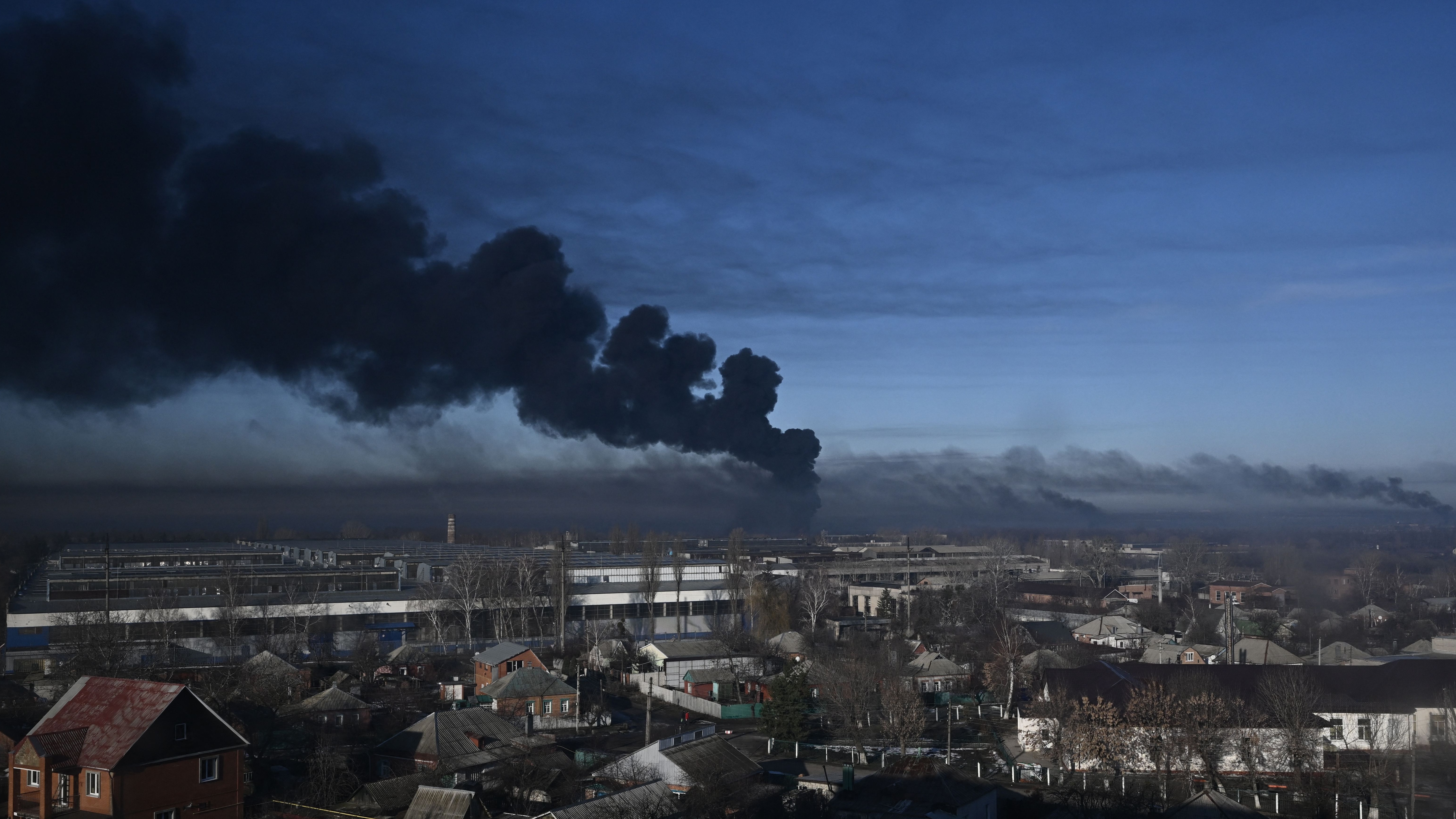
Open source intelligence mapping shows Russian troops were deployed from across the border in Belarus to the north of Kyiv, from Russia to the east of Kharkiv, through the separatist-controlled areas in Ukraine’s east and from annexed Crimea in the south.
“Shelling and missile strikes have been reported all over the country,” The Independent reported, with experts suggesting the widespread “airstrikes are being used to clear the way for ground forces to move in”.
According to The Times, Ukraine’s forces are “outgunned and outnumbered across land, sea and air” meaning that they “could be destroyed within 72 hours”.
This was echoed by Dr Jack Watling, a research fellow at the Royal United Services Institute, who told the paper that the Ukrainian army will soon cease to be a “functioning military” having been reduced to “pockets of resistance”.
Final surge
The ramping up of aerial attacks on the capital will only heighten fears that Putin is planning a final strike on the country’s centre of government.
Ukrainian officials this morning claimed the army “had shot down a Russian military aircraft that was flying over the capital”, The Guardian said. The interior ministry later said “a residential tower block had been set on fire by the falling debris”.
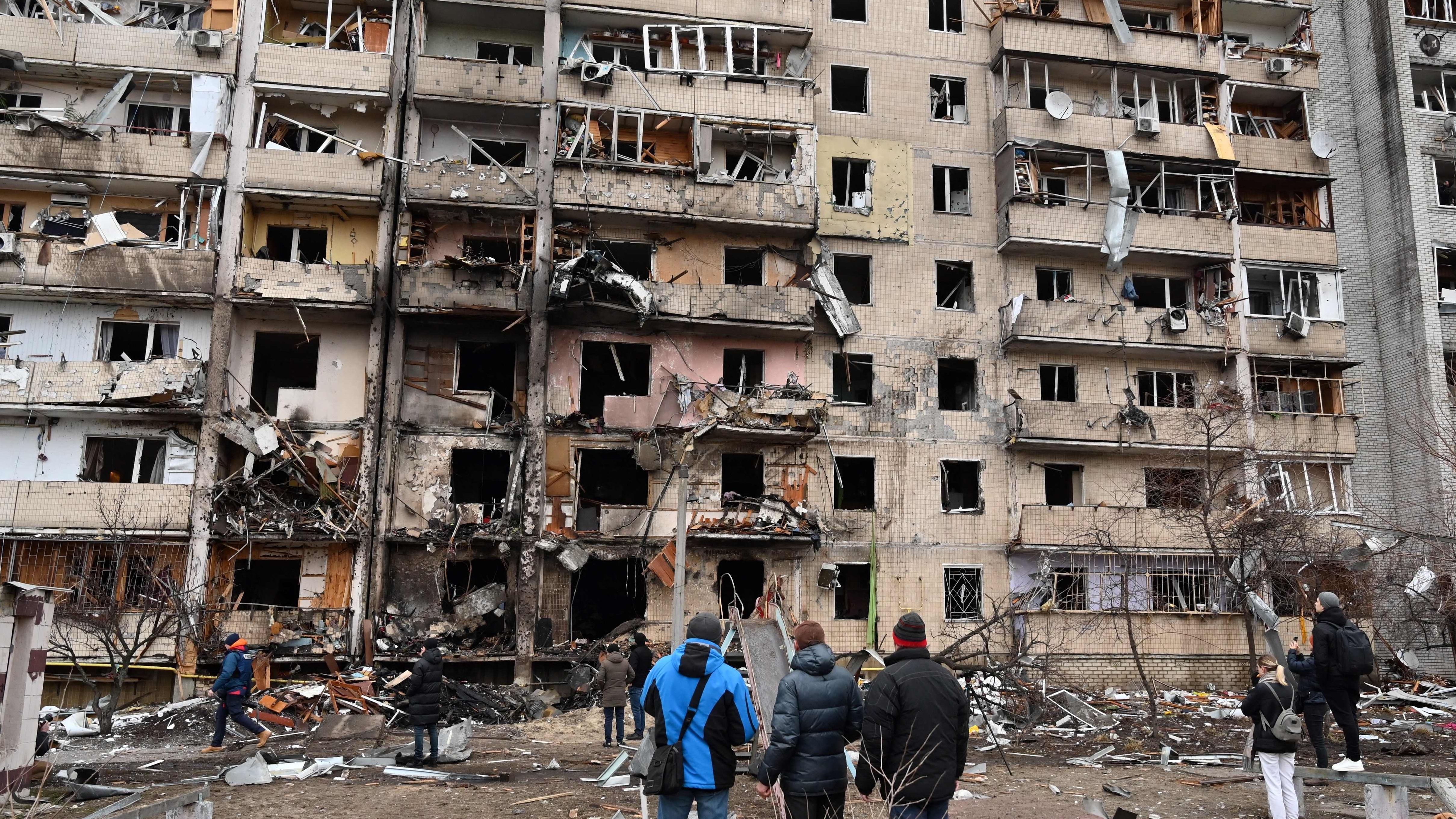
Pictures and television reports have also emerged of “Kyiv residents crowding into underground metro stations where they are taking shelter from further Russian attacks”, the paper added, while thousands are still attempting to flee the capital.
US Secretary of State Antony Blinken last night warned that “all evidence suggests that Russia intends to encircle and threaten” Kyiv, adding that he is “convinced” it is Putin’s plan to overthrow the country’s democratically elected government.
In a televised address, President Zelenskyy said he does not intend to leave the city, despite being marked as a target by Moscow.
Wearing a military T-shirt, Zelenskyy said during a video statement issued shortly before dawn that Russian “sabotage groups” have entered Kyiv, continuing: “According to our information, the enemy marked me as target No 1, my family as target No 2. They want to destroy Ukraine politically by destroying the head of state.
“I am staying in the government quarter together with others,” he added. “We have been left alone to defend our state. Who is ready to fight alongside us? I don’t see anyone.”
-
 ‘The menu’s other highlights smack of the surreal’
‘The menu’s other highlights smack of the surreal’Instant Opinion Opinion, comment and editorials of the day
-
 Education: More Americans say college isn’t worth it
Education: More Americans say college isn’t worth itfeature College is costly and job prospects are vanishing
-
 One great cookbook: ‘More Than Cake’
One great cookbook: ‘More Than Cake’the week recommends The power of pastry brought to inspired life
-
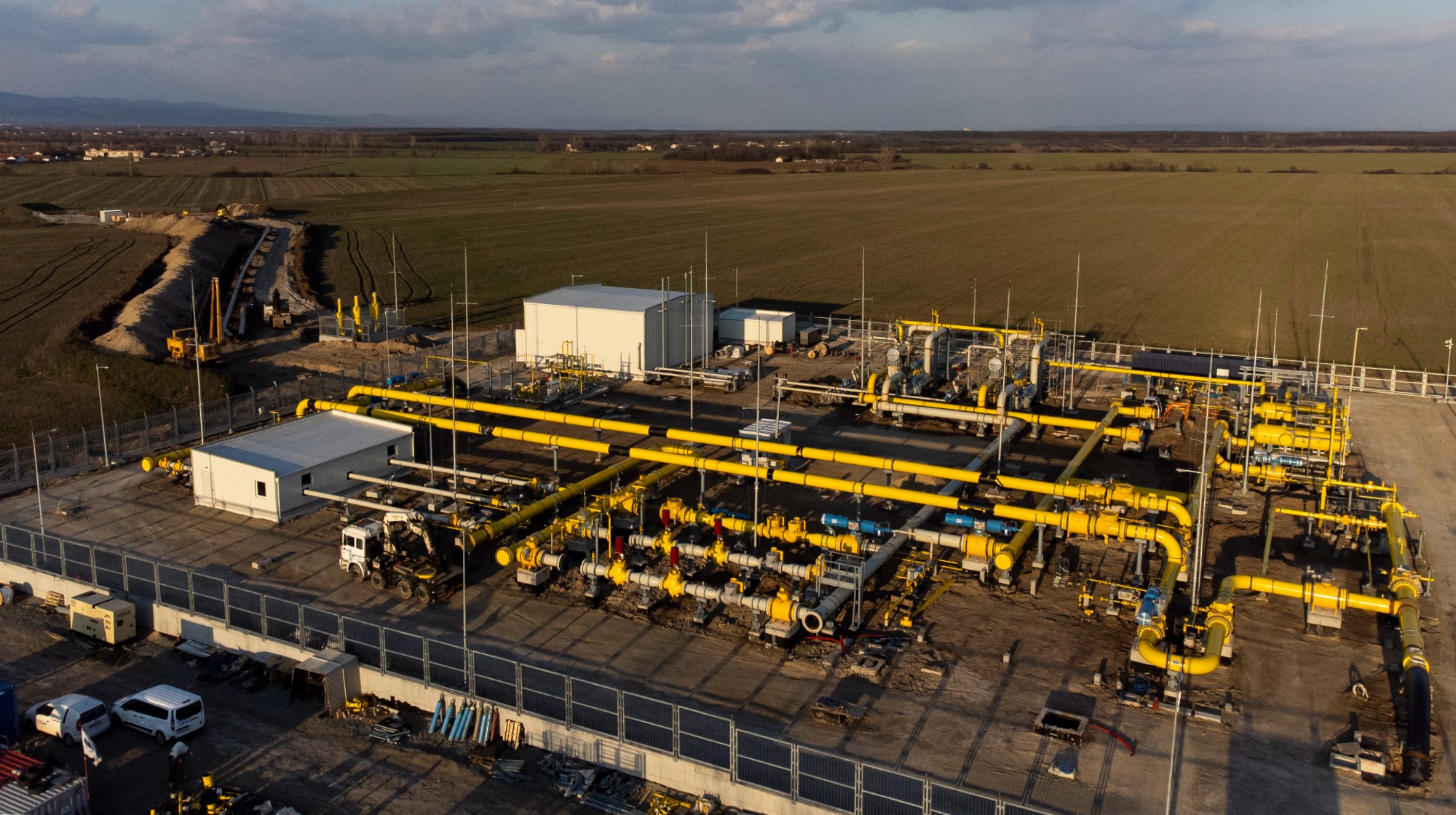 Europe sets 2027 deadline to wean itself from Russian gas
Europe sets 2027 deadline to wean itself from Russian gasIN THE SPOTLIGHT As negotiators attempt to end Russia’s yearslong Ukraine invasion, lawmakers across the EU agree to uncouple gas consumption from Moscow’s petrochemical infrastructure
-
 Is Europe finally taking the war to Russia?
Is Europe finally taking the war to Russia?Today's Big Question As Moscow’s drone buzzes and cyberattacks increase, European leaders are taking a more openly aggressive stance
-
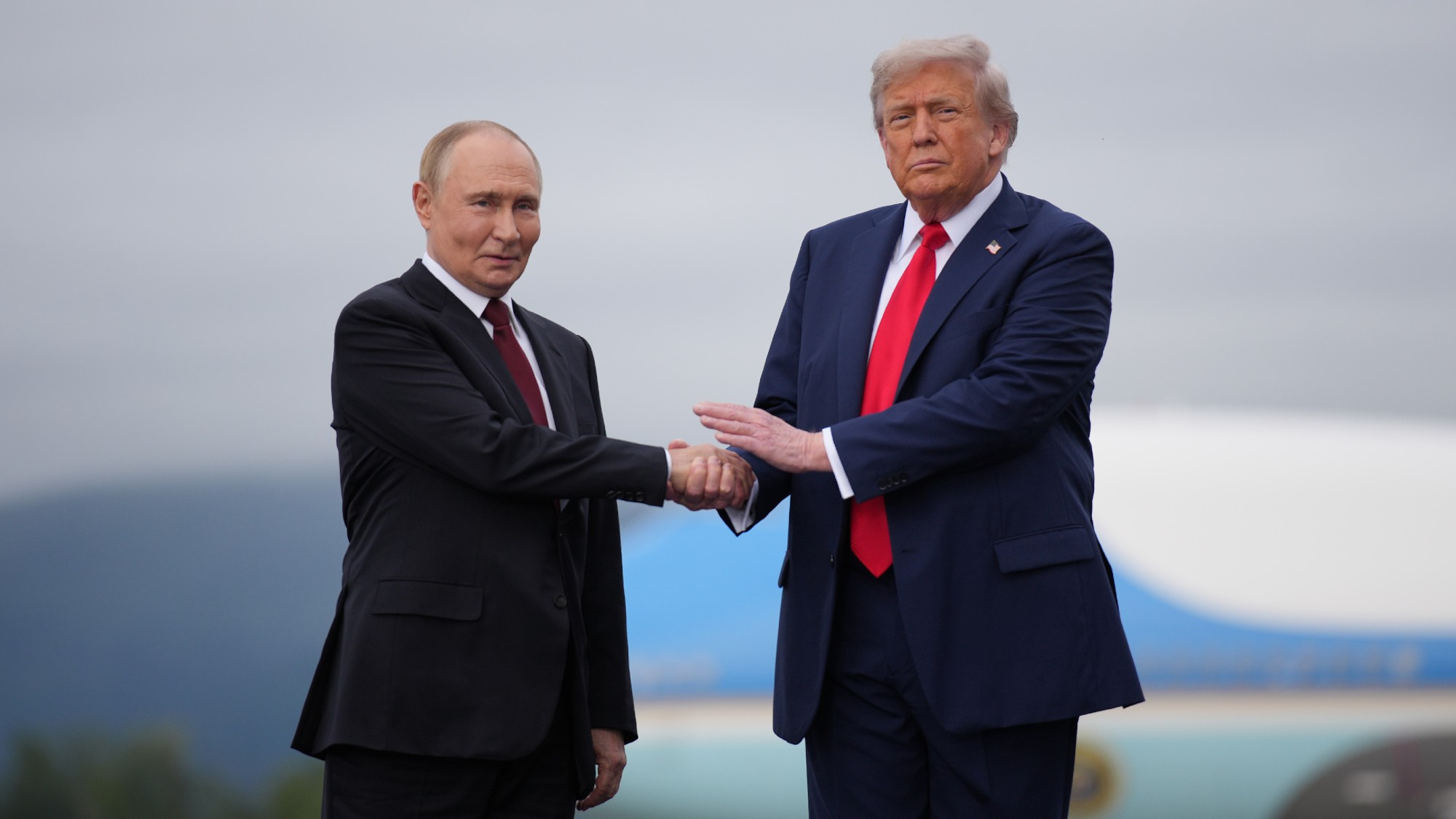 Pushing for peace: is Trump appeasing Moscow?
Pushing for peace: is Trump appeasing Moscow?In Depth European leaders succeeded in bringing themselves in from the cold and softening Moscow’s terms, but Kyiv still faces an unenviable choice
-
 Femicide: Italy’s newest crime
Femicide: Italy’s newest crimeThe Explainer Landmark law to criminalise murder of a woman as an ‘act of hatred’ or ‘subjugation’ but critics say Italy is still deeply patriarchal
-
 Brazil’s Bolsonaro behind bars after appeals run out
Brazil’s Bolsonaro behind bars after appeals run outSpeed Read He will serve 27 years in prison
-
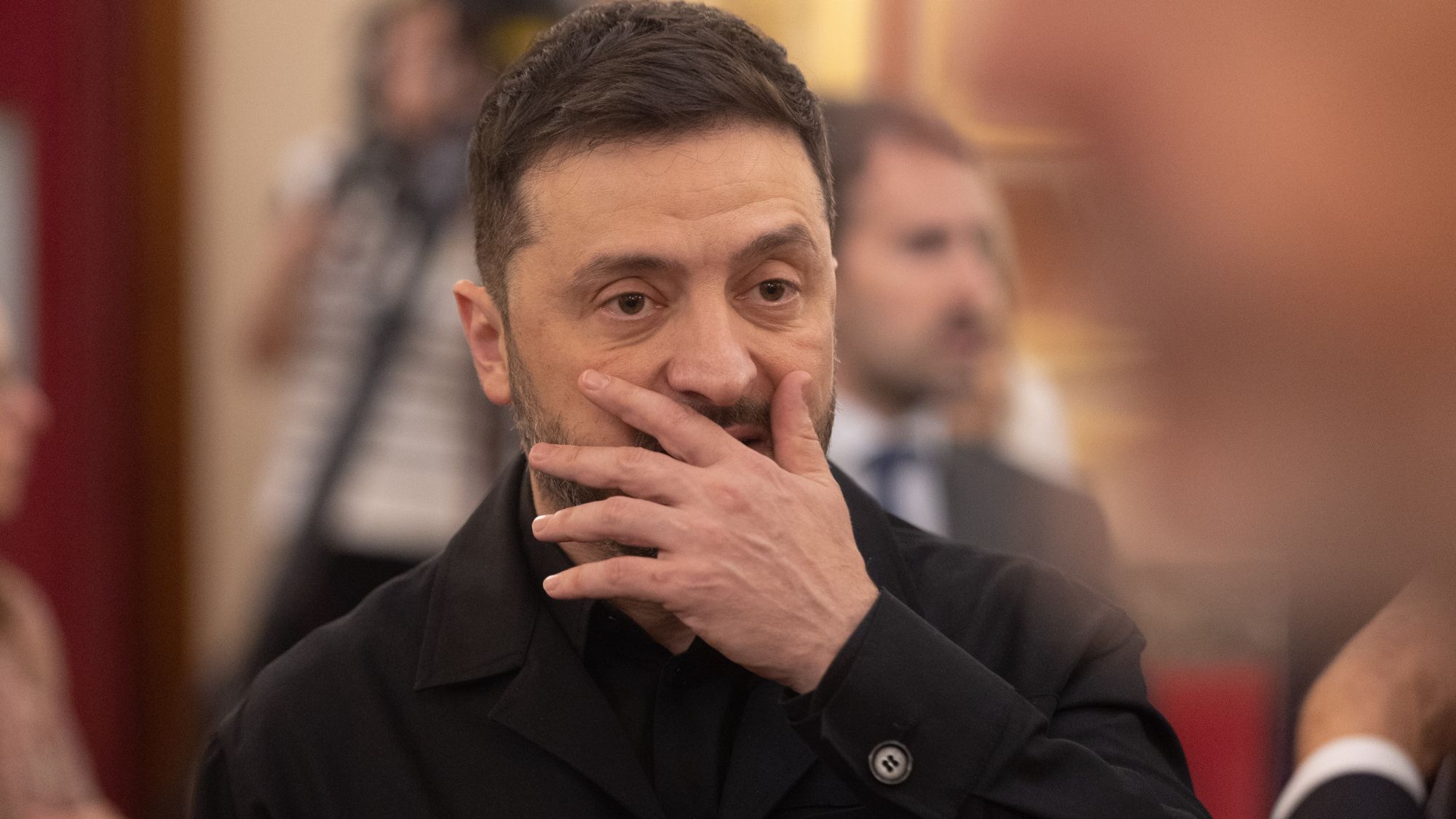 The $100mn scandal undermining Volodymyr Zelenskyy
The $100mn scandal undermining Volodymyr ZelenskyyIn the Spotlight As Russia continues to vent its military aggression on Ukraine, ‘corruption scandals are weakening the domestic front’
-
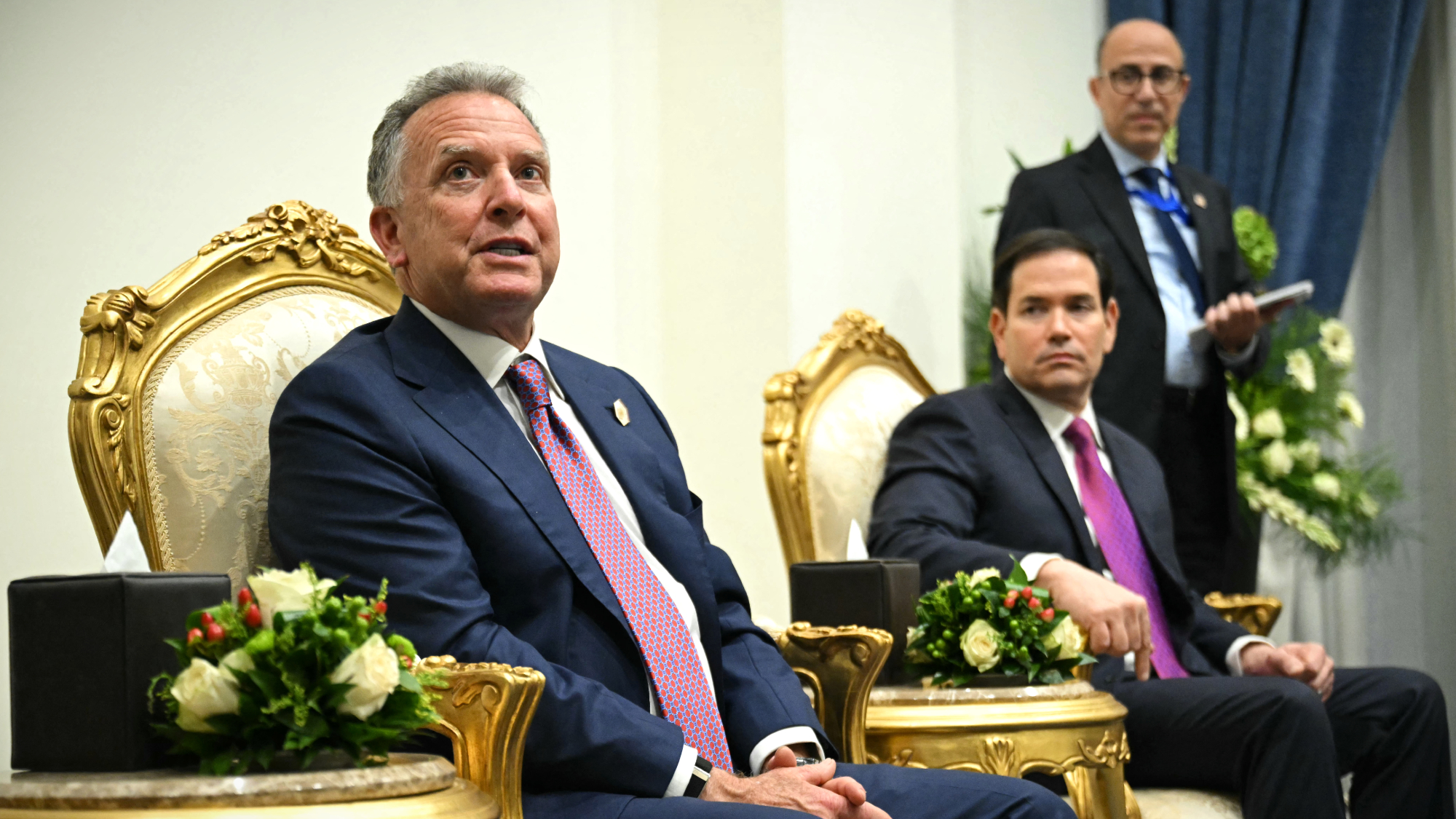 Trump pushes new Ukraine peace plan
Trump pushes new Ukraine peace planSpeed Read It involves a 28-point plan to end the war
-
 Americans traveling abroad face renewed criticism in the Trump era
Americans traveling abroad face renewed criticism in the Trump eraThe Explainer Some of Trump’s behavior has Americans being questioned